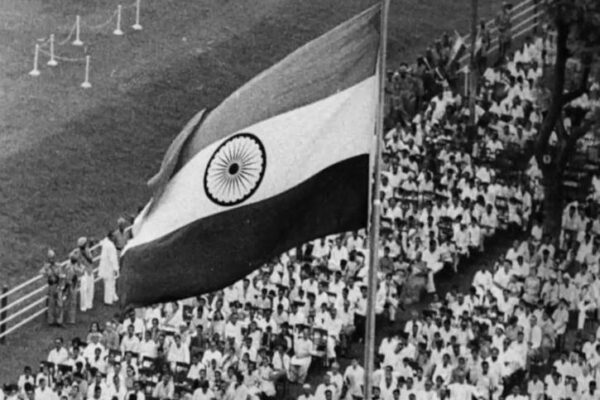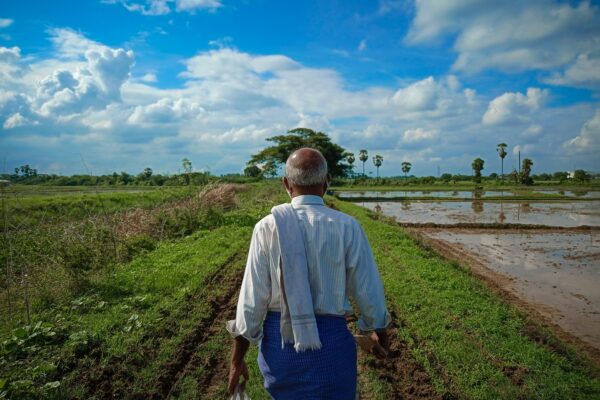The video uses Kashmiri faces, whose presence is an “attempt to tell the story of loss and hope.” These are small-time businessmen and artists, and school-going children who have suffered financially and academically as they not been able to do any work due to the long lockdown.
The video uses Kashmiri faces, whose presence is an “attempt to tell the story of loss and hope.” These are small-time businessmen and artists, and school-going children who have suffered financially and academically as they not been able to do any work due to the long lockdown.
SOPORE, Kashmir — Behind an instant hit there is a laborious work of indefinite time. But sometimes spontaneous outpouring of emotions may click. This is exactly what happened with Rauhan Malik who lives in the town of Sopore, 32 miles to the north of Srinagar city in the Kashmir valley.
On Wednesday the 5th of August, when Kashmir completed 365 days of lockdown and marked the first year of loss of semi-autonomous status, Malik uploaded a Music video Hum Dekheinge (we will see), the cover of the revolutionary poem of late Faiz Ahmad Faiz from Pakistan. It became an instant hit. People say they have played it on repeat and shared and re-shared on their pages on Facebook, Instagram, and Twitter. In 2 days the video fetched 20k views on YouTube alone.
The melodious song is soothing and fills one with hope. Hope is something that has been waning fast, something that Kashmir desperately needs.
The abrogation of semi-autonomous status cleared the way for new laws allowing outsiders to lay claim on Kashmiri land, economy, and culture. This has deepened desperation and given way to a feeling of loss and hopelessness. Kashmiris fears the government of Hindu nationalist Prime Minister Narendra Modi have sinister plans of bringing about demographic changes in the region where native Muslim are in majority.
The video uses Kashmiri faces, whose presence is an “attempt to tell the story of loss and hope.” These are small-time businessmen and artists, and school-going children who have suffered financially and academically as they not been able to do any work due to the long lockdown.
“Everybody speaks about politicians but we want to tell the story of artists and businessmen who haven’t done anything in the last one year.” Malik says, “As an artist myself I understand their struggle and care for them.”
India justified the Kashmir changes, arguing it will pave way for development in Kashmir. But a year later, the situation has only worsened. One independent report by a civil society group says Kashmir’s economy has lost 5.3 billion USD in the last year. Thousands have lost their small jobs and source of income triggering desperation.
While Kashmir was under lockdown Malik was stuck at his college in Delhi.
“I was always worried about the wellbeing of my family and friends in Kashmir. I did not know what condition they are living in.” In Delhi whenever he would narrate the situation in Kashmir, “they would tell me this has been done for your good. They were celebrating our loss.”
During this time he wrote and released a song called ‘Khat’ (the Urdu word for Letter). “The idea behind the song was to celebrate the significance of letters when modern means of communication are brought to a halt.” But it did not come out the way he would have liked “due to financial problems and not being a pro at mixing at that time”. However, he says people liked it a lot. “It is original and close to my heart”.
The idea of Hum Dekheinge came from his friend Fatima Shamim who has also lent her voice to the song. He was initially reluctant to go ahead. “I am inclined to original lyrics and composition after all it is a cover.” But one day while fiddling with guitar there came this line in his mind: qlam tul che tifla kadam kat chu panai … (pick up the pen oh kid. You can’t take a step without a plan lead the way). “It was spontaneous.” He called one of his lyricist friends who wrote four more lines which later became the part of the song.
Then Malik worked on the track and composition for months, and teamed up with more artists; Fatima, Tasavur, and Mir Toyyaba.
The idea of filming the video, inspired by Anson Seabra – Trying My Best – came much later. Seabra’s song is about the struggle of mental health patients. The video was shot in Srinagar, the main city of Kashmir, just a week before its release. He claims that the video is not choreographed and everything happened randomly and spontaneously. “We met these people on random and they agreed to feature in our video.” Malik says, “Everybody here is suffering and desperate to be heard.”
Now that this song has generated attraction and invited audience, Malik says he will use this as an opportunity to fulfill his motive: “Promote Kashmiri language globally through Music”. An album is in works right now, he says.





